What do Social Media Stats Mean to You?
July 8, 2021 in Social Media Guide
Chances are, you’ve probably been guilty of caring about how well your posts are doing if you’re on social media. There’s just something so satisfying about seeing the number of views, likes, and comments build up, especially in the first few minutes of a post going live.
There are several reasons why we feel like this when we get notifications. For one thing, it can validate us, feeling that whatever we posted is of good quality and any work we put in it paid off. That surge of validation may be even stronger if the likes we get are from people we admire, like, or rarely see engagement from. This can also make us feel like we’re being “accepted” and give us a sense of belonging with whoever and what types of people see and like the content we create and put up. Our brains may respond to these notifications the same way they do when we get rewarded or praised for something, which then in turn makes us feel happy.
Of course, there is a negative side to that though: we may rely on waiting for those certain likes or craving validation, which can then make us rely on posting more or using other people’s views and likes as a source for our positive feelings. For those with mental illnesses, or even just as a person with the human desire for belonging and being wanted by others, not getting that attention may make us feel like we’re disliked, unwanted, and neglected.
Along with increasing that need for validation and belonging, the rewarding feeling we get from seeing social media statistics also happens when we compare ourselves to other people’s posts. It may be a friend, family member, or even an influencer or celebrity with a large following, but it’s natural for us to want to compare our statistics with theirs, and possibly even feel competitive, using those who are popular as a reference or as a goal.
Instagram has addressed this in recent years by hiding likes on most posts. While you can still see the specific number of people who have liked your own content, you can only see that people have liked other ones, but not specifically who or how many.
The way we use and treat social media may change as Instagram and potentially other social media sites begin to hide other people’s social media stats. We may not feel like we need to meet the standards of other people because of how well their posts are doing, but may also put more pressure on ourselves to get as many notifications as possible since our own posts are the only ones we can see, and may end up competing with ourselves.
Do you find yourself caring a lot about your social media stats? Do you compare yourself to others on social media sites?

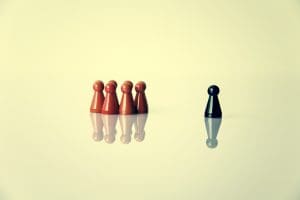


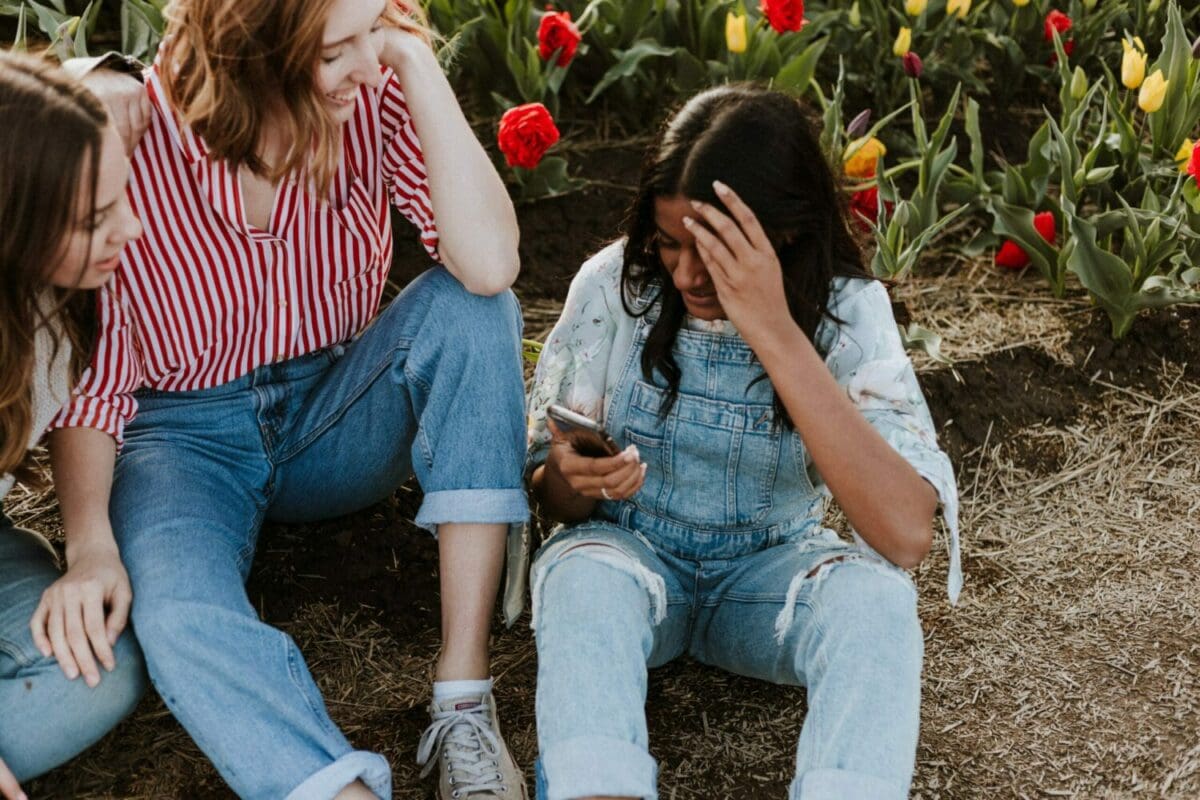


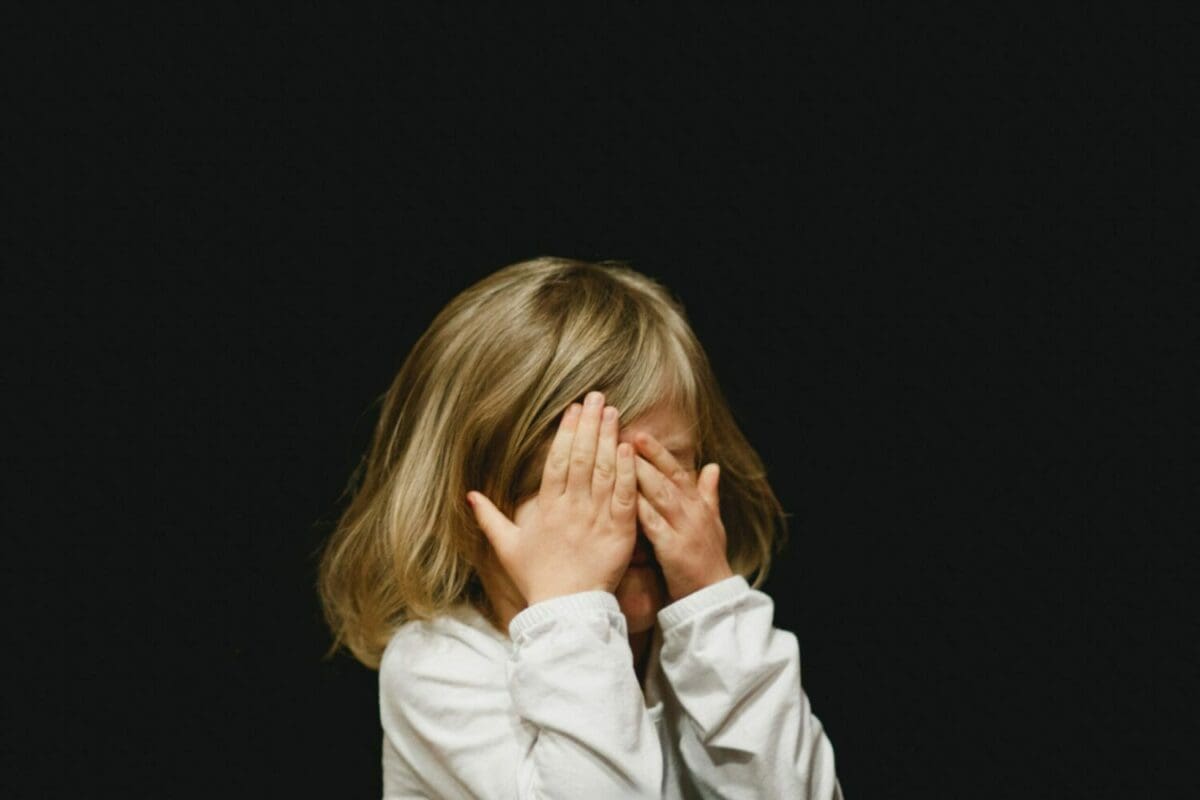

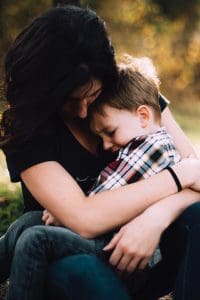
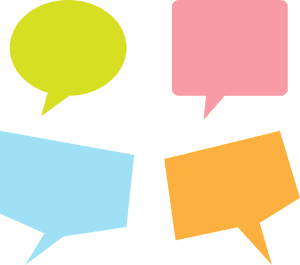
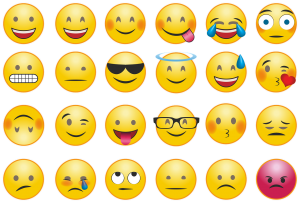


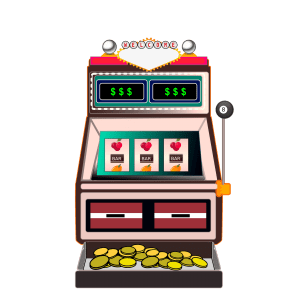


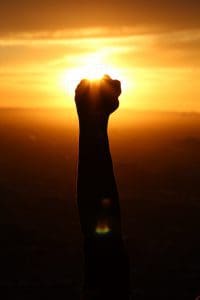





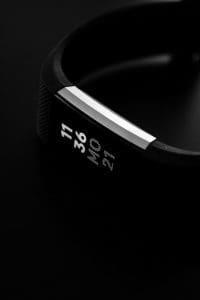
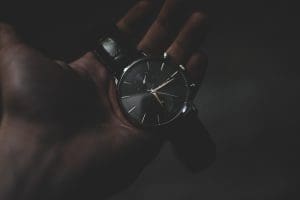

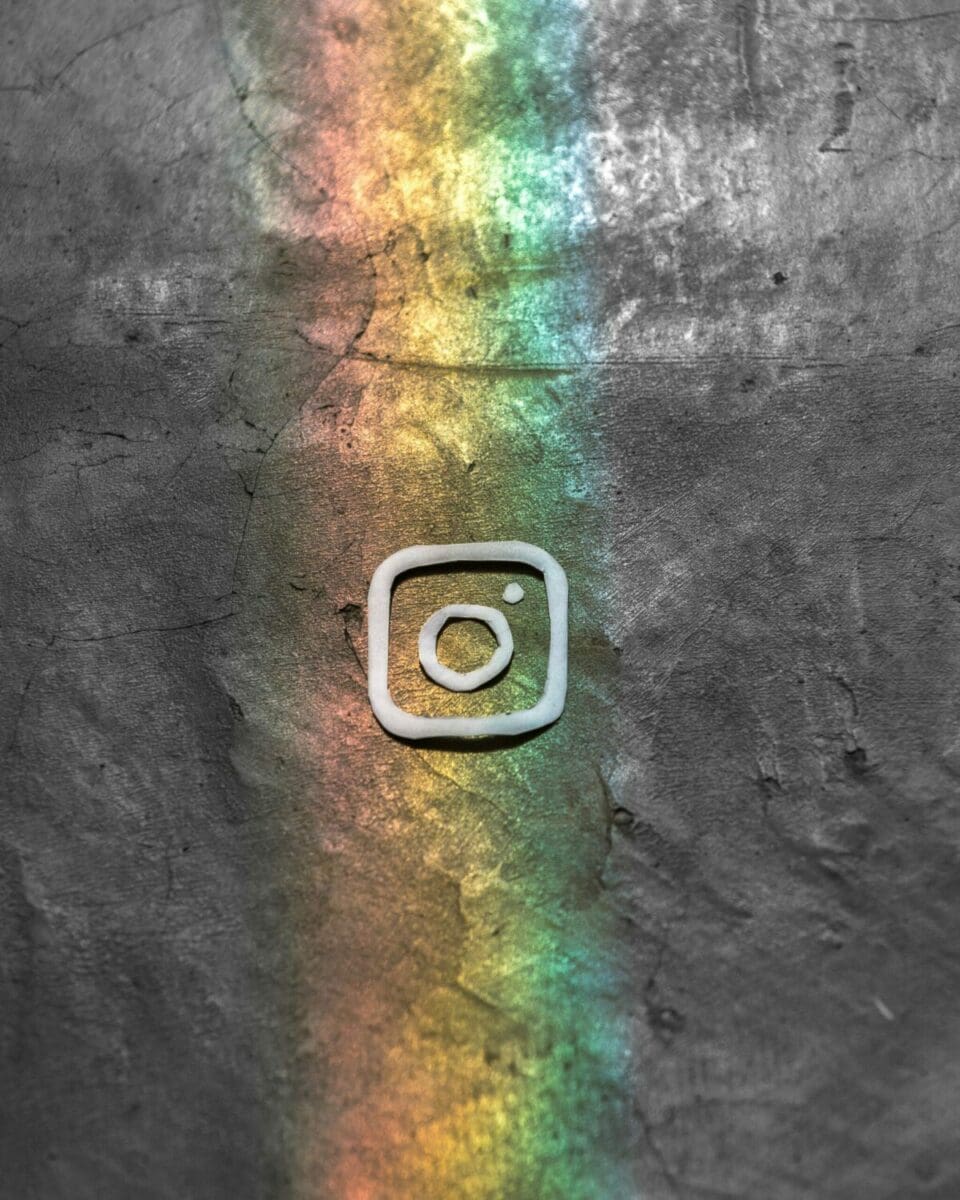
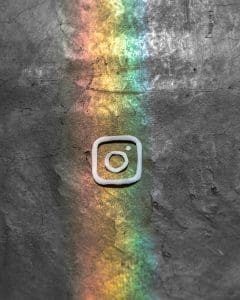







Recent Comments